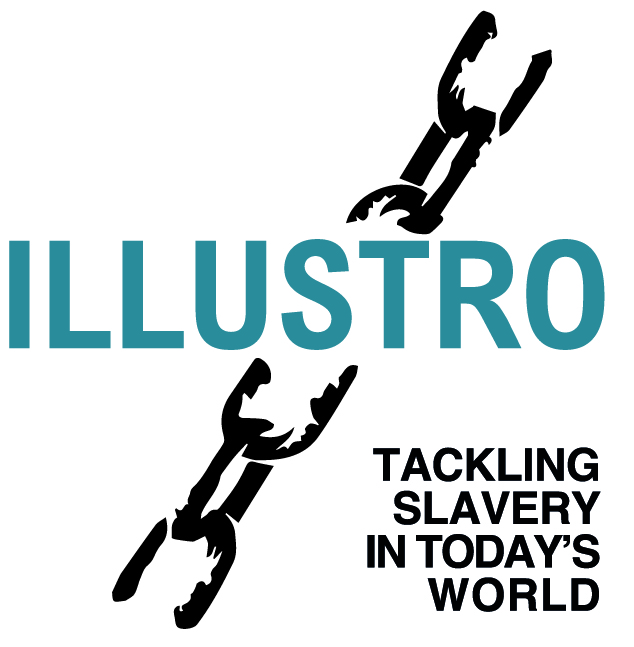FAQ
Once an officially approved practice based on legal title and ethnic distinction, slavery in its contemporary forms has moved into the informal economy, based on both poverty and economic disempowerment.
With the cost of slaves at a historical low, revenues in human exploitation are at an all-time high.
Despite substantial progress in many aspects of human development over the past 40 years, income distribution has become progressively worse, driving migration trends and increasing vulnerability to the enslavement process.Corruption, conflict and social unrest have also become significant predictors for the presence of slavery-type practices, coupled with migration, globalisation, urbanisation and political change.
What is modern slavery?
Modern Slavery is an umbrella term that is often used to encompass slavery, servitude, forced or compulsory labour and human trafficking.
What is forced labour?
Forced labour is defined by the International Labour Organisation (ILO) through the Forced Labour Convention, 1930 (No. 29). It states,
“…all work or service which is exacted from any person under the menace of any penalty and for which the said person has not offered himself voluntarily”.
Forced labour must take into account 2 elements:
- Under the menace of any penalty
- Not offered himself voluntarily
Therefore, a threat of penalty is not enough on its own to meet the threshold of forced labour.
Forced labour does not constitute:
- Sub-standard working conditions
- Labour law violations of minor nature i.e. earning less than the statutory wage but still able to leave without fear of penalty
- Remaining within a job due to lack of other economic opportunities elsewhere
What is human trafficking?
The concepts of human trafficking and forced labour are closely linked.
Under Section 2 of the UK Modern Slavery Act 2015 the human trafficking process requires victims to be moved (travel) from one location to another for the purpose of exploitation.Under the Act, Travel can mean arriving in, or entering, any country; departing from any country; or travelling within any country.
The process is often influenced by economic inequality and traffickers rely on economic disparity as it drives and shapes both interregional and international migration. Despite globalisation increasing global mobility, domestic immigration policies have acted to stem the flow.
Without avenues for legitimate entry, people increasingly resort to criminal networks offering illicit alternatives of travel and entry into other countries that seemingly offer greater opportunities for work, education, healthcare and security.
Under Article 3 of the United Nations Protocol to Prevent, Suppress and Punish Trafficking in Persons, human trafficking involves 3 elements, the Act, the Means and the Purpose.
What does modern slavery look like?
Modern slavery takes many forms in the UK and the world, from women sexually exploited in on and off-street prostitution, men forced to work in factories without pay, and children kept by families as domestic servants. There is no ‘typical’ victim as modern slavery transcends ethnicity or nationality.
There are however typical indicators that can raise suspicion and help identify that someone is potentially being held in modern slavery.
General Indicators
- Show fear or anxiety
- Suffer injuries that appear to be the result of an assault
- Be afraid of revealing their immigration status
- Not be in possession of their passports or other travel or identity documents, as those documents are being held by someone else
- Be unfamiliar with the local language
- Not know their home or work address
- Allow others to speak for them when addressed directly
Sexual Exploitation
- Have tattoos or other marks indicating “ownership” by their exploiters
- Live or travel in a group, sometimes with other women who do not speak the same language
- Only know how to say sex-related words in the local language or in the language of the client group
Labour Exploitation
- Live in groups in the same place where they work and leave those premises infrequently, if at all
- Be given only leftovers to eat
- Have no access to their earnings
- Be subject to security measures designed to keep them on the work premises
- Be subjected to insults, abuse, threats or violence
Domestic Servitude
- Live with a family
- Not eat with the rest of the family
- Never leave the house without their employer
- Be given only leftovers to eat
What do I do if I suspect someone is a victim of modern slavery?
The point of contact for all modern slavery crimes should be the local police force.
In the United Kingdom
If a potential victim is at risk that requires an immediate response dial 999.
If you hold information that could assist identifying potential victims, then contact the Modern Slavery Helpline on 08000 121 700.
Alternatively you can make calls anonymously to Crimestoppers on 0800 555 111.
In the United States
As in the UK, if a potential victim is at risk that requires an immediate response, dial 911.
For all non-emergency incidents call the National Human Trafficking Hotline on 1-888-373-7888.
What else can I do to combat modern slavery?
Be a conscientious and informed consumer
Start to ask yourself, ‘Who made my clothes? Who picked my tomatoes? Who mined the materials used to assemble my mobile phone?
Discover your slavery footprint at Slavery Foot Print
Buy Fair Trade
Products labelled “fair trade” are produced in an ethical manner, which include fair labour conditions, fair prices, community development and environmental sustainability.
Initiate anti-trafficking efforts in your community
Host an awareness event, watch and discuss films about human trafficking and encourage others to do the same.
Become an anti-slavery volunteer
Follow the link to search for volunteer opportunities across the globe. For a list of ‘Slave Free’ Companies please visit End Slavery Now
